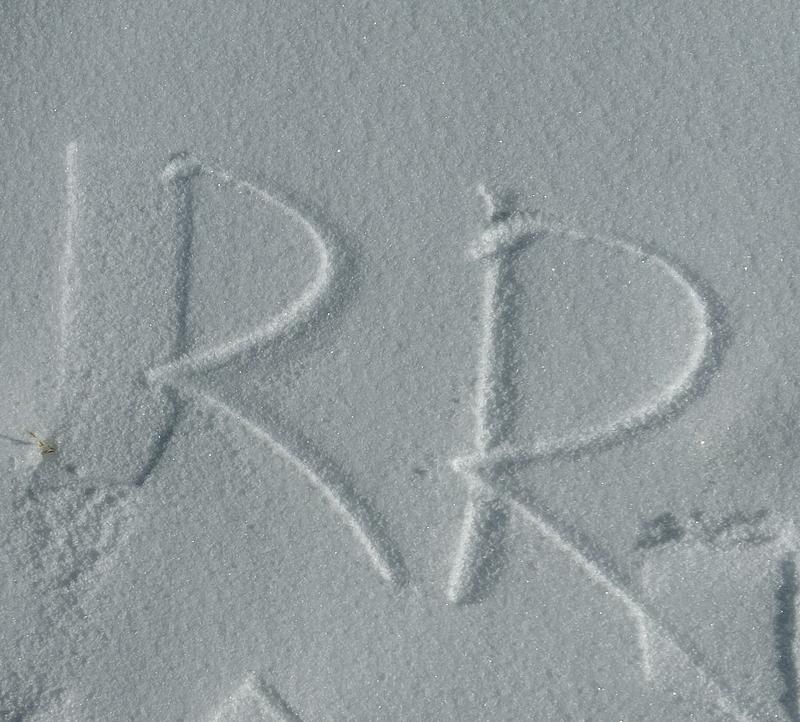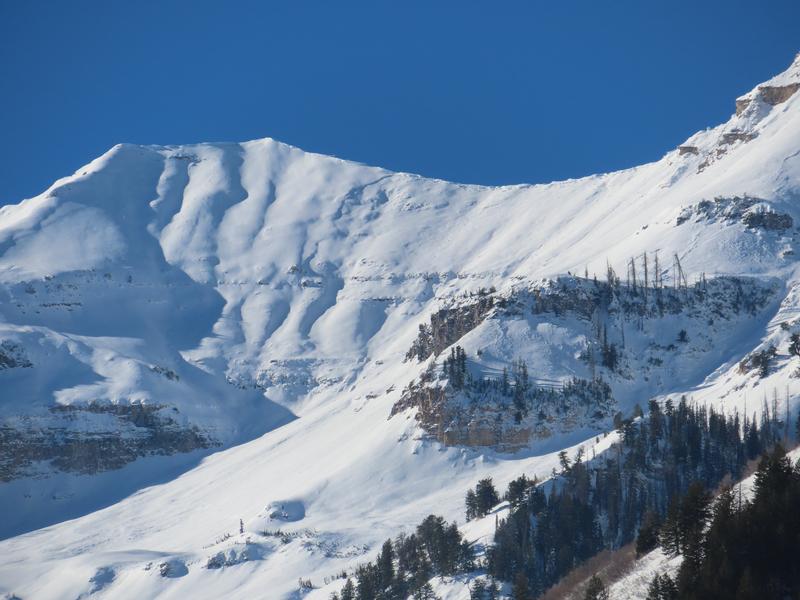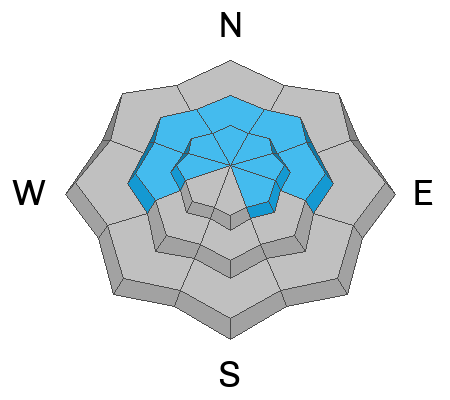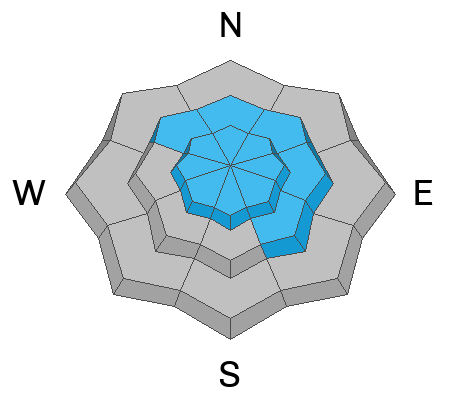Forecast for the Provo Area Mountains

Issued by Nikki Champion on
Thursday morning, December 7, 2023
Thursday morning, December 7, 2023
Avalanche danger is CONSIDERABLE on steep upper-elevation slopes facing northwest through north to southeast. Natural and human-triggered avalanches may break 2-5 feet deep and span several hundred feet wide, failing on a persistent weak layer of faceted snow. These are dangerous avalanche conditions. A MODERATE danger exists on the remaining upper and mid-elevation slopes facing northwest through north to southeast.
The north-facing slopes harboring old, weak faceted snow surfaces are not to be messed with. Careful snowpack evaluation, cautious route-finding, and conservative decision-making will be essential today.
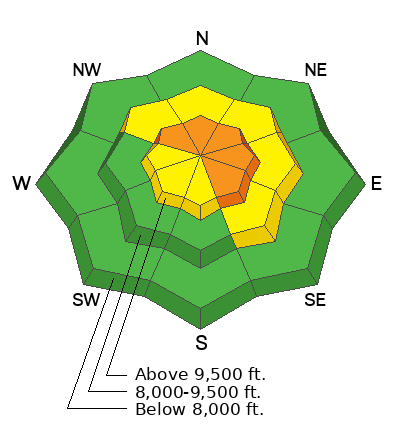
Low
Moderate
Considerable
High
Extreme
Learn how to read the forecast here


